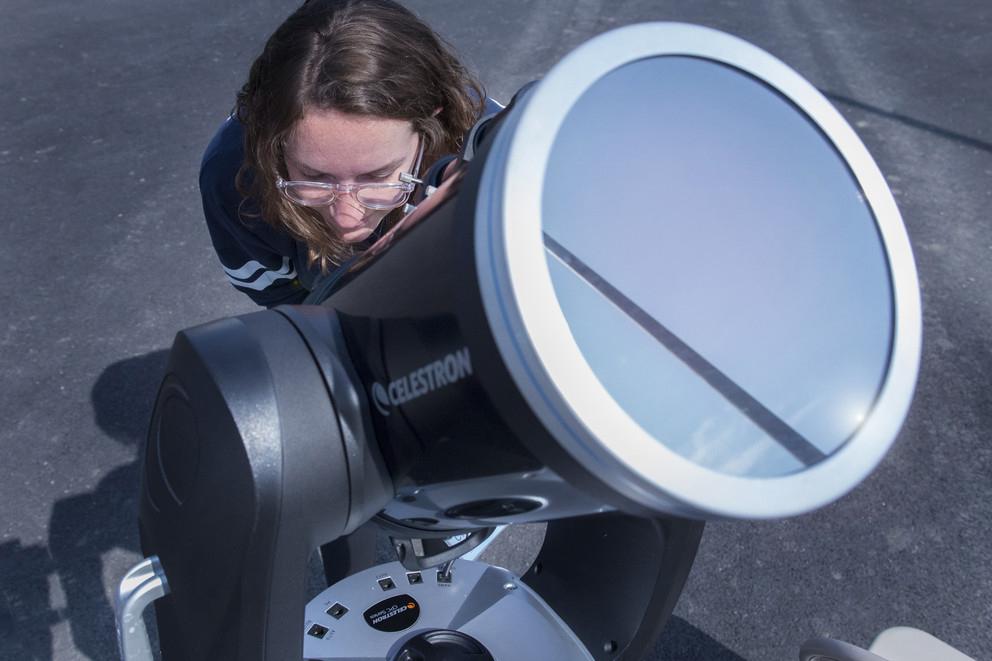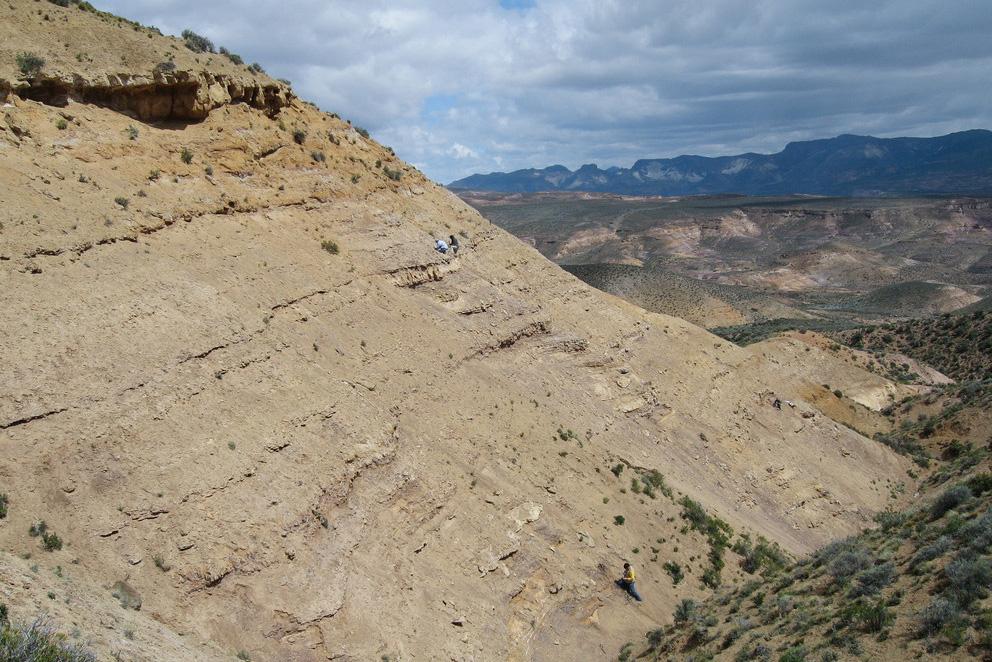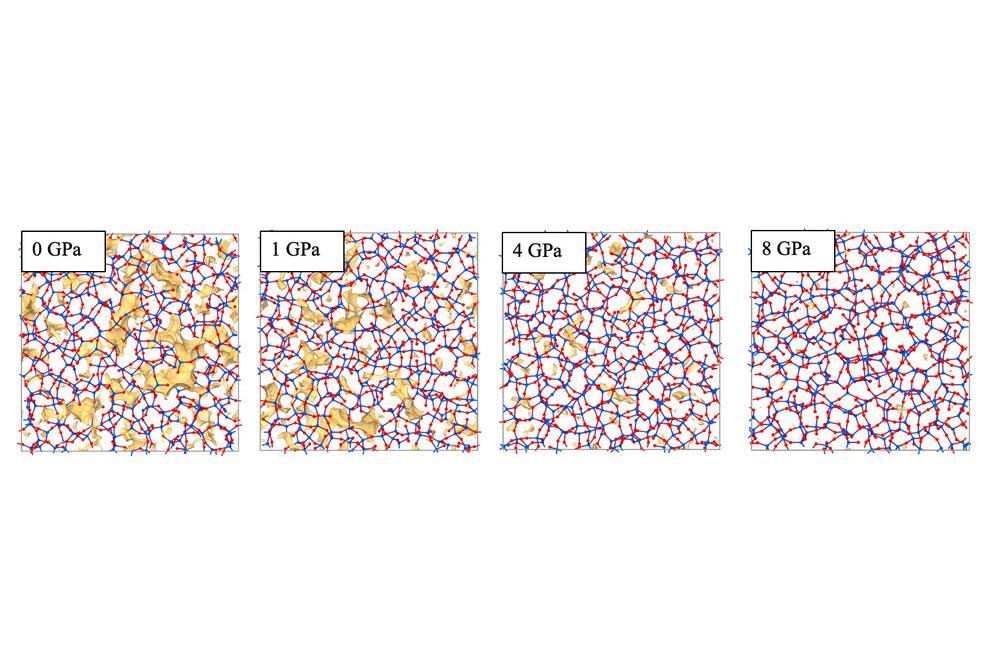Renowned meteorologist and climate scientist Kerry Emanuel, Cecil and Ida Green Professor of Atmospheric Science at MIT, will discuss policy options to slow global warming at 4 p.m. Monday, Jan. 25.
The NASA Pennsylvania Space Grant Consortium is accepting applications for the 2021-22 Undergraduate Scholarship Program.
The NASA Pennsylvania Space Grant Consortium (PSGC) is currently accepting applications to its graduate research fellowship program.
The Earth System Science Center has announced the lineup for its spring 2021 Climate Dynamics seminar series.
Reactive molecules, such as free radicals, can be produced in the body after exposure to certain environments or substances and go on to cause cell damage.
Penn State professor Guido Cervone was elected as president-elect of the Natural Hazards Section of the American Geophysical Union (AGU).
Fossil leaf assemblages from Patagonia, Argentina, suggest that vegetation in South America suffered great losses following an astroid impact but rebounded quickly.
Researchers from Penn State and AGC Inc. in Japan suggest that the silica glass used for fiber optic cables would have less signal loss if it were manufactured under high pressure.
A team of geoscientists thinks the key to understanding some destructive earthquakes may lie in the deep, gradual slow-slip behaviors beneath the subduction zones.
As one of the pioneers of online instruction at Penn State, David DiBiase watched for three decades as programs offered through the John A. Dutton e-Education Institute broadly expanded access to education.











